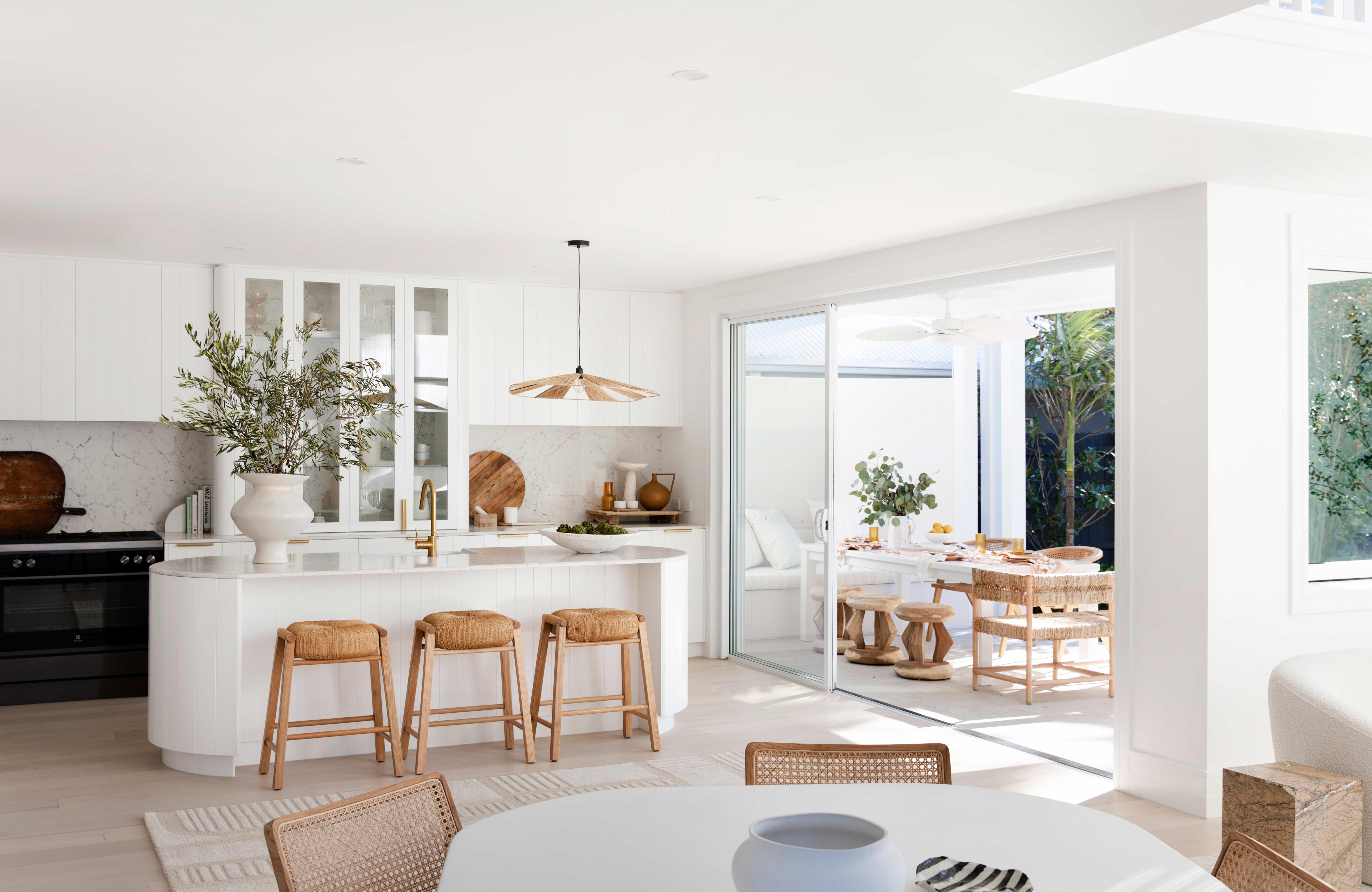Get expert miami interior design for high-end home and office interiors.
Get expert miami interior design for high-end home and office interiors.
Blog Article
Transform Your Home With Vital Principles of Interior Decoration and Appearances
By understanding the impact of color theory and the importance of appearance and patterns, one can develop rooms that are not just aesthetically attractive however also deeply personal. Attaining this equilibrium entails even more than mere decoration; it encompasses a strategic arrangement and an eager understanding of exactly how each component connects within a room.
Understanding Shade Theory
Color concept is a basic aspect of interior style that substantially influences mood, understanding, and general aesthetic. Comprehending the concepts of color theory enables developers to produce rooms that reverberate mentally with residents while meeting useful requirements (miami interior design). Colors can be classified right into 3 primary kinds: main, secondary, and tertiary. Each classification plays a crucial role in developing harmony within a space.
The mental effect of shades is profound; warm tones such as reds and oranges stimulate energy and heat, while trendy tones like blues and environment-friendlies promote calmness and tranquility. Additionally, making use of corresponding shades boosts visual passion, producing striking contrasts that can raise a room's appeal.
Neutral colors, on the other hand, function as a functional background, permitting other style aspects to radiate. It is important to think about aspects such as lights and the area's function when picking a color palette, as these can change the understanding of colors throughout the day.
Eventually, a well-considered color pattern can change a space, fostering a sense of convenience and design that aligns with the citizens' preferences. Mastery of shade concept is, as a result, a crucial ability for any kind of indoor designer intending to produce unified and inviting atmospheres.
Attaining Balance in Style
Exactly how can developers achieve a feeling of stability in their spaces? Attaining balance in layout is basic to developing unified insides.
Unbalanced equilibrium, on the other hand, relies upon differing elements that still accomplish a natural look. This strategy permits even more vibrant and informal arrangements, offering passion while keeping stability. By thoroughly selecting differing dimensions, colors, and textures, developers can create an aesthetically engaging space that really feels balanced yet energetic.
Radial balance emphasizes a main focal point with components emitting external. This style is generally seen in round designs, where furniture and design develop a cohesive surround that attracts the eye inward.
Eventually, achieving equilibrium calls for thoughtful factor to consider of scale, percentage, and the connections in between elements. miami luxury interior design. By skillfully applying these equilibrium principles, developers can change rooms into settings that feel both aesthetically pleasing and functionally harmonious, boosting the general experience for occupants
Relevance of Spatial Recognition

An eager sense of spatial recognition enables designers to identify centerpieces within an area, leading the viewer's focus to essential features while keeping an overall sense of unity. It likewise aids in the critical placement of lights, which can dramatically influence the perception of room and state of mind. Understanding spatial relationships allows the developer to cater to the certain needs of inhabitants, ensuring that each area serves its designated Our site function without endangering appearances.
Ultimately, spatial awareness is crucial for making the most of the Click Here potential of any type of interior area. By carefully taking into consideration the interaction in between dimensions, format, and feature, designers can produce atmospheres that not only satisfy functional requirements but additionally evoke a feeling of convenience and appeal, improving the general living experience.
Incorporating Texture and Patterns
Embracing a diverse array of textures and patterns can substantially boost the visual and responsive appeal of an indoor space. The strategic use of various materials-- such as wood, metal, fabric, and rock-- develops deepness and rate of interest, making an area really feel more welcoming and dynamic. Integrating smooth surface areas with rough structures can develop a balance that draws the eye and engages the detects.
When integrating patterns, consider both range and repetition. Huge patterns can serve as prime focus, while smaller, refined layouts can complement various other aspects without frustrating the area. Layering patterns, such as pairing floral pillows with candy striped tosses, includes complexity and a sense of consistency if implemented thoughtfully.
It is likewise vital to preserve a natural shade scheme, making sure that appearances and patterns interact instead of compete for interest. By selecting a couple of key appearances and patterns, you can create a combined visual that shows your personal design while enhancing the total atmosphere of the space. Inevitably, the careful consolidation of these elements can transform a mundane area into an innovative environment rich with personality and heat.
Individualizing Your Room
Creating an area that reflects your individuality is vital to attaining a truly inviting atmosphere. Personalization in interior design allows you to instill your one-of-a-kind style and rate of interests right into your home, changing it from a mere sanctuary into a shelter that talks to that you are. Begin by choosing a color palette that resonates with your feelings-- vibrant hues can energize, while soft tones supply serenity.
Include why not check here art work and decor that reflect your interests, whether it be traveling, nature, or abstract concepts. Presenting individual collections, such as publications, pictures, or souvenirs, can evoke treasured memories and produce focal factors within an area. Additionally, think about tailoring useful pieces, like upholstered furniture, to line up with your visual choices.

Verdict
To conclude, the transformation of a home with the vital concepts of interior style and aesthetics requires a thorough understanding of shade theory, balance, spatial understanding, texture, and customization. Each aspect adds substantially to creating an unified and functional living atmosphere - Architecture Firm. By thoughtfully incorporating these concepts, individuals can boost the aesthetic charm and psychological resonance of their rooms, ultimately promoting a home that mirrors distinct identifications while supplying comfort and functionality
Report this page